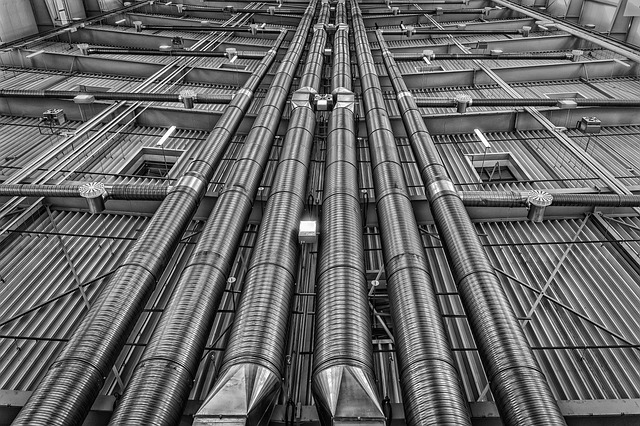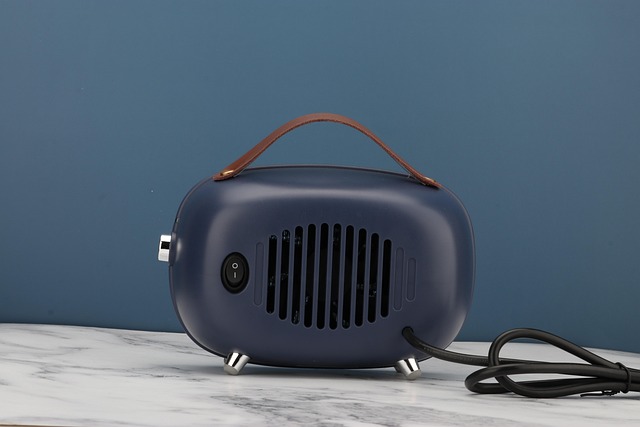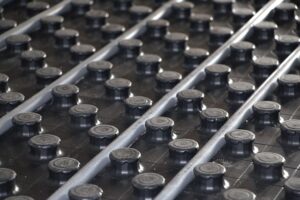Commercial air doors are transforming entrance systems by offering robust air barriers that maintain optimal climate control, boost energy efficiency, and reduce operational costs. Heated air doors are particularly effective for industrial entrances, warehouses, and retail spaces, ensuring consistent internal climates. These innovative doors play a critical role in HVAC strategies by blocking drafts, humidity, and other environmental factors, making them a popular choice for businesses implementing sustainable practices. When selecting commercial air doors, consider climate-specific options and operational needs to enhance efficiency and user comfort.
Commercial air doors are transforming the way we control indoor environments. These high-velocity doors create robust air barriers, enhancing energy efficiency and air quality in various settings. From offices to healthcare facilities, they offer unparalleled performance, minimizing drafts and maximizing comfort. This article delves into the understanding, science, and diverse applications of commercial air doors, exploring why they’re becoming an indispensable component in modern building design.
- Understanding Commercial Air Doors: Their Role and Benefits
- The Science Behind High-Velocity Air Doors and Their Efficiency
- Applications and Considerations for Implementing Commercial Air Doors
Understanding Commercial Air Doors: Their Role and Benefits

Commercial air doors have become essential components in modern commercial entrance systems, offering a range of benefits that extend beyond simple access control. These doors act as robust entrance air barriers, sealing off internal spaces from external environments, and are designed to maintain optimal climate control. By implementing these advanced door systems, businesses can significantly improve energy efficiency, reduce operational costs, and enhance the overall comfort of their premises.
The role of commercial air doors goes beyond mere insulation. They play a crucial part in HVAC (Heating, Ventilation, and Air Conditioning) strategies by forming an effective barrier against drafts, humidity, and other environmental factors. Heated air doors, for instance, are ideal for industrial entrance solutions, warehouses, and retail spaces, ensuring that internal climates remain consistent regardless of external conditions. This technology is a game-changer in the realm of commercial entrance technology, providing both functionality and enhanced user experiences.
The Science Behind High-Velocity Air Doors and Their Efficiency

The efficiency of high-velocity commercial air doors lies in their innovative design and the science behind them. These doors operate by creating a powerful air barrier that prevents the loss or gain of temperature, resulting in enhanced climate control. When activated, a strong stream of air is expelled at high velocity, forming an airtight seal and significantly reducing heat transfer between indoor and outdoor spaces. This technology ensures optimal energy efficiency, making it ideal for various applications such as industrial entrances, warehouses, and retail spaces.
Commercial air doors have become game-changers in the field of entrance solutions. They offer a more effective alternative to traditional methods by providing not just an entry point but also a robust barrier. The high-velocity airflow creates a dynamic seal that prevents cold or hot air from escaping, thereby optimizing HVAC (Heating, Ventilation, and Air Conditioning) systems. This results in reduced energy consumption and improved indoor comfort, making these doors a popular choice for businesses looking to implement sustainable and cost-effective climate control measures.
Applications and Considerations for Implementing Commercial Air Doors

Commercial air doors are versatile entrance air barriers that offer numerous applications across various industries. Their primary role is to control temperature and maintain energy efficiency in commercial spaces, making them ideal for retail stores, warehouses, and industrial facilities. By creating a strong air barrier, these doors prevent the loss of heated or cooled air, thereby enhancing HVAC (Heated, Ventilated, and Air-conditioned) systems’ performance and reducing energy consumption.
When implementing commercial air doors, several considerations come into play. For instance, choosing between heated air doors for colder climates and climate control doors for temperate regions can significantly impact energy savings. Warehouse door heating is another critical aspect to consider, especially in operations requiring frequent loading and unloading. Additionally, the selection of appropriate commercial door systems should align with specific needs, such as those required for high-traffic areas or environments demanding advanced industrial entrance solutions.
Commercial air doors have emerged as powerful tools in creating robust air barriers, offering numerous benefits across various sectors. By understanding their role and the science behind their efficiency, businesses can make informed decisions about implementation. These doors provide energy savings, improved indoor environments, and enhanced building performance when properly integrated into applications such as retail, offices, and healthcare facilities. With ongoing advancements, commercial air doors are poised to revolutionize ventilation systems, ensuring optimal comfort and safety while reducing operational costs.






